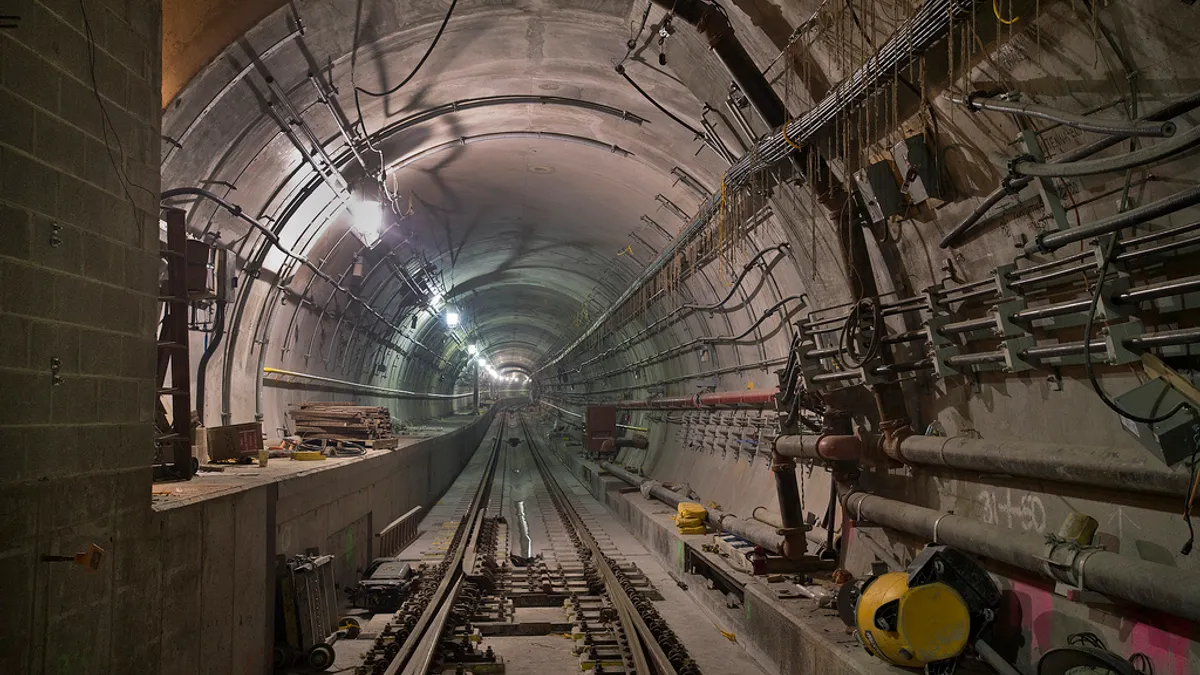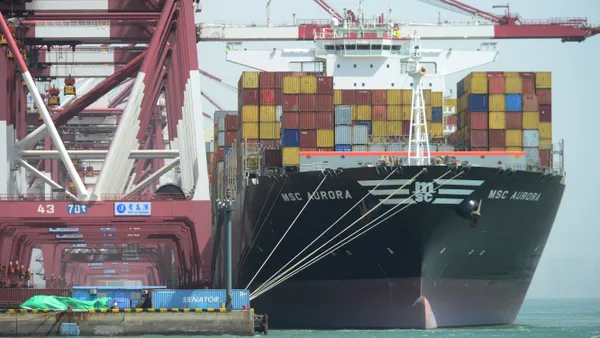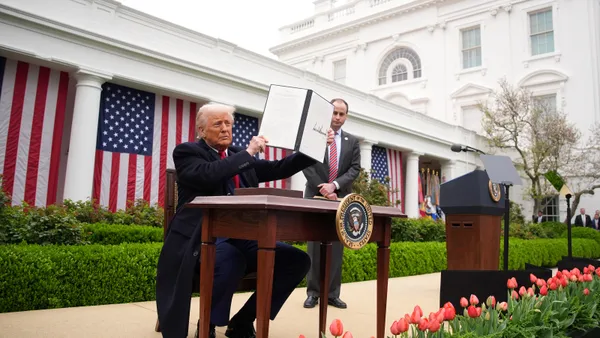Dive Brief:
- A McKinsey Global Institute report found that the major nations of the world, on average, need to increase their transportation, power, water and telecommunications infrastructure spending by $350 billion per year from now until 2030 in order to meet system demands, The Wall Street Journal reported.
- After post-recession boosts in spending, many countries with the largest economies are cutting back on infrastructure outlays, despite arguments from the international community that new infrastructure will "jolt economic growth."
- Senior McKinsey fellow Jan Mischke said there are approximately $120 trillion in private sector assets — pension funds and university endowments — that could help fund all necessary infrastructure work.
Dive Insight:
The McKinsey report said countries currently spend an average of 3.5% of GDP on infrastructure, but it added that some nations like China and Japan are "over spenders" and could cut back on infrastructure and still meet future demand. The report also found that countries like India and South Africa, which have ramped up their infrastructure programs to 5.2% and 4.7% of GDP respectively, still fall short of where they need to be and won't meet demand. The U.S., in the face of deteriorating highways, roads and bridges, spent only 3.2% of GDP on infrastructure in 2014, down from 4.2% in 2009.
The McKinsey report coincides with a recent American Society of Civil Engineers (ASCE) report that found the U.S. will sacrifice 2.5 million jobs and $4 trillion in gross domestic product over the next 10 years if it can’t bridge the $1.44 trillion gap between funding and infrastructure spending needs. The U.S. has provided funding for only $1.88 trillion of the necessary $3.32 trillion, and without additional money, the shortfall will grow to $5.18 trillion by 2040, according to the ASCE.
In many countries, there is a recognition of the need for increased spending on infrastructure, but it's the "how" that derails many plans, especially in the U.S. where state and local governments are facing tighter public works budgets. Increasingly, government entities are turning to public-private partnerships (P3s) to not only help finance their projects but to serve as design, construction, operations and maintenance experts as well. A Bipartisan Policy Center report last month found that the private sector could be the solution to fixing the country’s deteriorating infrastructure, but investment must be more transparent and subject to less red tape.













